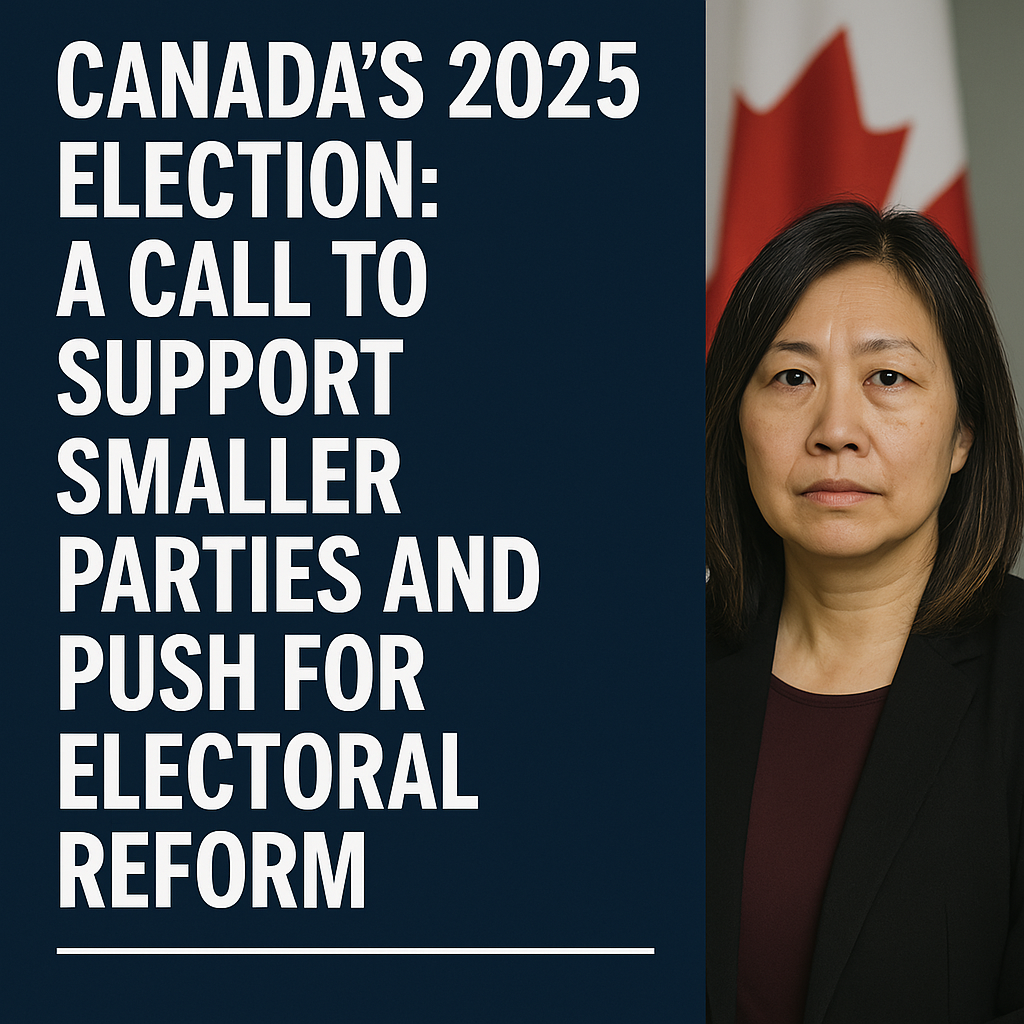
As Canada heads into the 2025 federal election, it’s time to rethink how we approach voting. For far too long, many voters have stuck to familiar patterns, casting ballots for the two major parties without considering how much the world—and our nation—has evolved.
This election offers a unique opportunity to break free from old habits and embrace a voting approach that better reflects our values and aspirations. The decisions we make now have the power to shape not only the next government but the very future of our country.
Rethinking Strategic Voting
One of the most prevalent voting strategies is strategic voting, where people vote for a candidate they don’t fully support, simply to prevent an outcome they dislike. While this approach may seem practical on the surface, it is fundamentally flawed.
Strategic voting often means casting a ballot against something rather than for something you truly believe in. In a system dominated by two major parties, this often results in voters switching between the Liberals and Conservatives in an attempt to unseat each other, without addressing the core issues at hand. This back-and-forth between the two main parties has perpetuated the status quo, with minimal progress being made. As the saying goes, expecting different results from the same strategy is the definition of insanity.
Embracing Smaller Parties
There is a common misconception that voting for smaller parties leads to “vote splitting,” but this simply isn’t true. Vote splitting occurs when two similar options divide support, but voting for smaller parties with distinct platforms isn’t splitting votes—it’s sending a clear message that change is needed.
The more Canadians support smaller, independent parties, the more likely we are to see fresh perspectives and diverse voices enter Parliament. Supporting these parties is how we pave the way for real, meaningful progress, making sure the government truly reflects the values of the electorate.
The Role of the Party Whip
In Canada’s major political parties, a strong “party whip” system often forces MPs to prioritize the party’s stance over the needs and concerns of their own constituents. But if your MP isn’t truly listening to your concerns, why continue to vote for them?
Smaller parties, by contrast, are often more receptive to voter feedback, as they are working harder to earn and maintain the trust of their constituents. Voting for these parties can lead to a more responsive, representative Parliament—one that genuinely listens to the needs of the people.
Advocating for Electoral Reform
As a board member of Fair Vote Canada, I believe strongly in the importance of a more inclusive electoral system. Our current system—first past the post—marginalizes smaller parties and discourages true democratic representation. This winner-takes-all approach often results in only two main voices being heard, leaving many Canadians feeling unrepresented and unheard.
By advocating for electoral reform and supporting smaller parties, we can push for a system that ensures every vote counts and reflects the true diversity of Canadian society. The goal is simple: more representation, more voices, and a Parliament that is truly accountable to the people.
Conclusion
The upcoming federal election is not just another chance to pick between the two major parties. It’s an opportunity to rethink how we vote and consider how our choices can drive the future of our democracy. Supporting smaller parties and advocating for electoral reform will ensure that every vote counts, and that our political system reflects the diverse values and aspirations of the Canadian people.
Mimi Lee, a Markham resident and board member of Fair Vote Canada, believes this is a critical moment for change. Let’s make this election count.